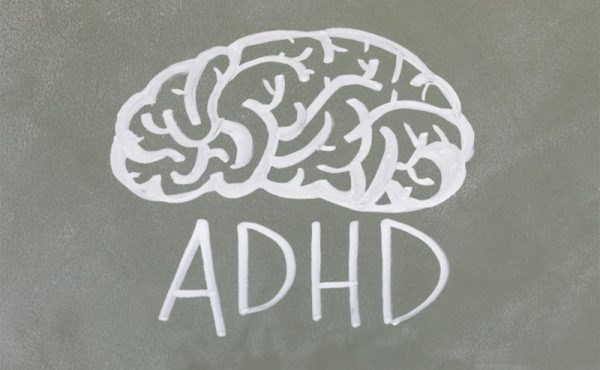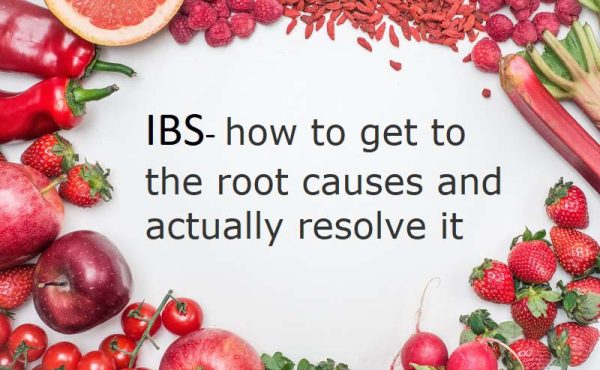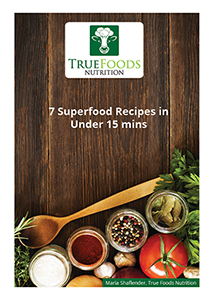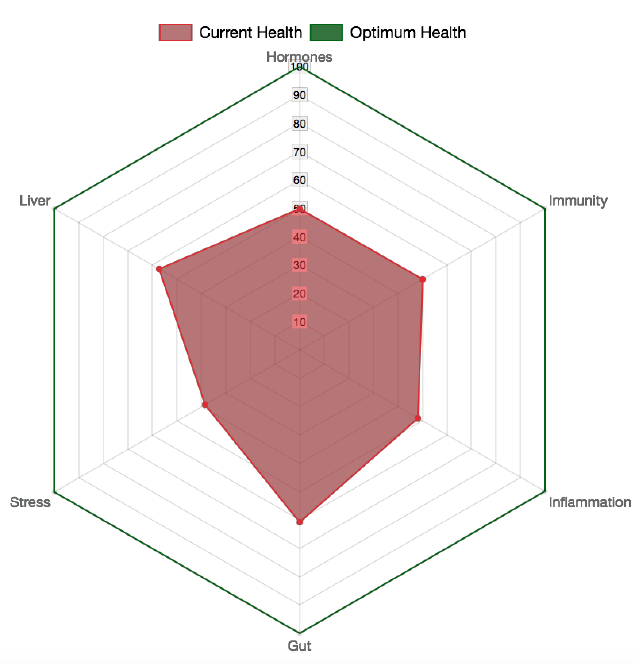Keto? Paleo? GAPS? AIP? How do I know which diet is right for me?
How do I know which diet is right for me?
This question is so pervasive today and seems to be almost un-answerable. There are many diverse philosophies when it comes to a dietary strategy and each one claims to be the best. From paleo to vegan, low carb high fat, vegetarian, fodmaps, weight watchers, blood type, ketogenic, gluten free, the list goes on and on.
The way I approach dietary therapy is very similar to the philosophy recently articulated by Dr Rama Prasad, an Auyrvedic doctor in Sydney at a nutrition event. He said:
‘There is one single diet that is right for everybody at every stage of life. We go through different stages in life and health conditions and our bodies need different ways of eating during each of those stages’.
This means that whilst our bodies go through diverse lifestyle stages (childhood, hormonal changes, pregnancy changes, age changes) and health stages, we may need to consider different approaches for optimal health and healing.
As a clinical nutritionist, it is my job to figure out what diet or better – ‘way of eating’ – is right for each individual at that time in their life based on: their unique physiology, their health history and family history, their symptoms today and their lifestyle.
There is no ‘average’ person. There is no single diet that works for everybody. So which diet is right for you?
Whilst I personally follow the Paleo style ancestral diet 95% of the time, this is NOT necessarily suitable for everybody at every stage of life. So I wanted to share with you 3 dietary approaches I use in clinic, the type of person they are best suited for and the clinical conditions they can help address.
I always try these diets first on myself for a significant period of time in order to have insight into how it feels to be on this diet, how difficult it is to implement, how to work it into a budget/family constraint and the general pros and cons of the approach.
You may not have heard of some of these dietary approaches before as they are used within ‘therapeutic windows’ – a period of time that is required to get the person well and free of symptoms.
That doesn’t mean after being on a therapeutic diet we go back to eating the modern western diet. Far from it. These diets help people recover from their presenting health conditions and achieve homeostasis (equilibrium) that can then be supported by a healthy balanced diet (outlined here).
Modern processed foods, manufactured low fat foods and gluten are excluded from all these diets as they are not conducive to health for anybody.

The Ketogenic Diet
Keto involves cutting out all sources of sugars – including fruit and starchy carbohydrates and eating mostly low carb vegetables and animal protein like fish, grass fed meats and organic chicken. Fats take top priority on this diet and usually make up 60% of caloric intake with 15% protein and the rest non-starchy carbs.
It also involves eating lots of coconut products like coconut oil and coconut milk as these contain a lot of natural saturated fats that provide a large portion of calories on this diet. It is essentially a high fat and moderate protein diet with a lot of vegetable carbs.
Before you say ‘but fruit and starchy carbs like root veggies are very healthy’ I will say that I agree! Yes, these foods are very healthy – for healthy people.
The Ketogenic diet is used as therapy for people whose tolerance of carbohydrates is so low, that even healthy sources like fruit and starchy veg are just too much- they cause inflammation, or they impair a physiological process important to the body, like brain function for example!
First used by scientists in the US in the 1920s to successfully treat epilepsy, the diet relies on switching the body’s metabolism to burning ketones (that the body produces from fats in the diet and from body fat) rather than glucose for fuel. Researchers found that once that ‘switch’ in metabolism is made, the brain can utilise ketones very effectively. This is contrary to most textbooks used in medical and nutrition schools today that will say glucose is the only fuel for the brain.
The most recent advocate of ketogenic diets is Dr Terry Wahls, a long term sufferer of multiple sclerosis who overcame her condition using a ketogenic version of the Paleo diet.
Who is it for:
- those with any type of neurological or autoimmune disorder that affects the brain and nervous system: depression, bipolar, autism, multiple sclerosis, Parkinson’s, Alzheimer’s, epilepsy or other seizure disorders
- those with blood sugar dysregulation: Type 2 diabetes, pancreatic insufficiency, hypoglycaemia (the reason I started this diet), a family history of diabetes, severe sugar/carbohydrate cravings
- those with inflammatory conditions: arthritis or joint pain, back pain, other musculoskeletal pain
- for weight loss
The ketogenic diet normalises blood sugar levels very quickly, significantly reduces hunger and reduces inflammation in the body while providing sufficient calories, vitamins, minerals, antioxidants and fibre (from vegetables) to make this an appropriate long term therapeutic diet.
However, what I find in clinic is that women in particular with hormonal and thyroid issues struggle on this diet and actually often feel worse because they are metabolically not suited to such a drastic cut in carbs. To determine if keto is a suitable strategy I always conduct hair analysis which shows adrenal and thyroid function and defines the metabolic type to guide treatment.
What’s hard about it: it’s very tricky in today’s world to exclude ALL forms of sugar in the diet. This is important in order to keep producing ketones for fuel and one has to be very vigilant. It is however very effective for the right person and is definitely do-able with planning, preparation and the guidance of a nutritionist.
The GAPS diet
GAPS stands for ‘Gut and Psychology Syndrome’ diet and was developed as an extension of the Specific Carbohydrate diet by Dr Natasha Campbell McBride, a Russian/UK based neurologist and clinical nutritionist, initially as a treatment for her autistic son.
The diet involves a staged approach where many foods are eliminated from the diet and the foundational foods – bone broths and lactofermented foods – are used to heal the body.
The initial stages eliminate all sources of carbohydrates- grains, legumes, starchy vegetables, fruit, etc and the patient consumes pretty much broth based meals with small quantities of grass fed well cooked meats and fats.
The subsequent stages work through a method of slowly re-introducing foods and carefully watching symptoms and reactions. It is essentially an elimination diet that allows the gastrointestinal tract to recover and heal.
One of the key strengths of this diet is its fantastic ability to ‘heal and seal’ the digestive tract due to the use of bone broths and lacto-fermented home-made foods. The diet is so effective for digestive disorders because it cuts out the food supply (the carbohydrates) for pathogens and bacteria.
Who is it for?
- This diet is now widely used by practitioners who work with children and adults on the autism spectrum and neurological disorders
- Children with learning difficulties, food sensitivities, behavioural issues, ADD/ADHD, etc
- Digestive disorders of all kinds: parasites, IBS, candida/yeast infections, gastritis, Chron’s disease, gastro viruses, H.Pylori infections
- Respiratory and skin conditions: asthma, sinusitis, otitis media (ear infections), eczema, psoriasis, acne, etc. Skin and respiratory health is strongly linked to gut health and as the gut heals, the skin rejuvenates and heals and the respirator system function is restored.
However, this diet is virtually impossible if you have histamine reactions and cannot tolerate glutamine (headaches, migraines) so it has to be carefully analysed with a practitioner and determined to be a good fit or not.
What’s hard about it: in the initial stages of the diet, it is very difficult to eat outside the home. Unless you are based in areas where organic shops and cafes are prevalent and they make bone broth (as some are starting to) you are better off cooking all the food at home and bringing it out with you. It requires diligence, perseverance and dedication. The results are worth it.
Autoimmune Paleo Diet
This diet is used by practitioners who work with patients suffering from autoimmune conditions. You may be surprised to learn that at the root of such diverse conditions as coeliac disease, Hashimoto’s thyroiditis, multiple sclerosis, eczema and psoriasis, rheumatoid arthritis, Chron’s disease and many others is one cause: a dis-regulated immune system.
Even though these conditions present very differently and are usually treated by different specialists (in the western medical model), their causes are not ‘wheat allergy’ or ‘poor joints’ or ‘hormones’- it is a malfunctioning immune system that is over-reacting to the wrong foods, environmental pollutants and toxic metals.
When our immune system over-reacts to these stressors, it goes into attack mode and through a process called ‘molecular mimicry’ attacks nearby tissues or tissues that have a similar structure. So for example, with coeliac disease- the immune system attacks wheat or gluten and as these are absorbed in the small intestine, it attacks the villi lining the small intestine too.
The key to Autoimmunity is to figure out what is stimulating the attack and then removing the offender, as well as working on re-balancing the immune system back to normality. For many people, the offenders are foods.
The Autoimmune Paleo diet (most recently brought to the limelight by Sarah Ballantyne Phd) uses an elimination approach with the Paleo diet. So even healthy foods like nuts, eggs, nightshades (eggplant, capsicum, etc) are eliminated as they are very prone to be the culprits in autoimmune reactions.
Who is it for?
Anybody suffering from an autoimmune condition.
What’s hard about it: It’s restrictive. However, it is still possible to include a variety of foods on this diet- it becomes very much centred on animal protein and vegetables- which is not such a bad way to eat!
With a guidance of a nutritionist, many health conditions can be addressed by choosing the right therapeutic diet (there are many others beyond the 3 listed above!), the right functional pathology testing and the right lifestyle strategies.
Find out which diet is right for you in a consultation with a Nutritionist. Book your consult with Maria here.
Further reading:
- Dr Terry Wahls, ‘The Wahls protocol’
- Dr Natasha Campbell-McBride, ‘Gut and Psychology Syndrome’
- Sarah Ballantyne Phd, ‘The Paleo Approach: Reverse Autoimmune Disease and Heal Your Body’











Thanks Maria, a great summary! I learnt a lot by reading through it! My mum who has Hashimoto’s had a huge amount of relief following Sarah Ballantyne’s Paleo Approach and has since successfully re-introduced nuts and eggs.
I would love to hear more about your personal experience with the ketogenic diet…
Love the new look on your website too!
Sacha
Thanks Sacha!
That’s great to hear about Paleo Approach working, it makes a lot of sense. Good to hear from you!
xx
Maria
Great read Maria, thankyou, as always for sharing your wealth of knowledge.
I look forward to your newsletters arriving in my inbox.
Have a wonderful day,
Megan x
Thanks Megan! So glad the info is useful:)